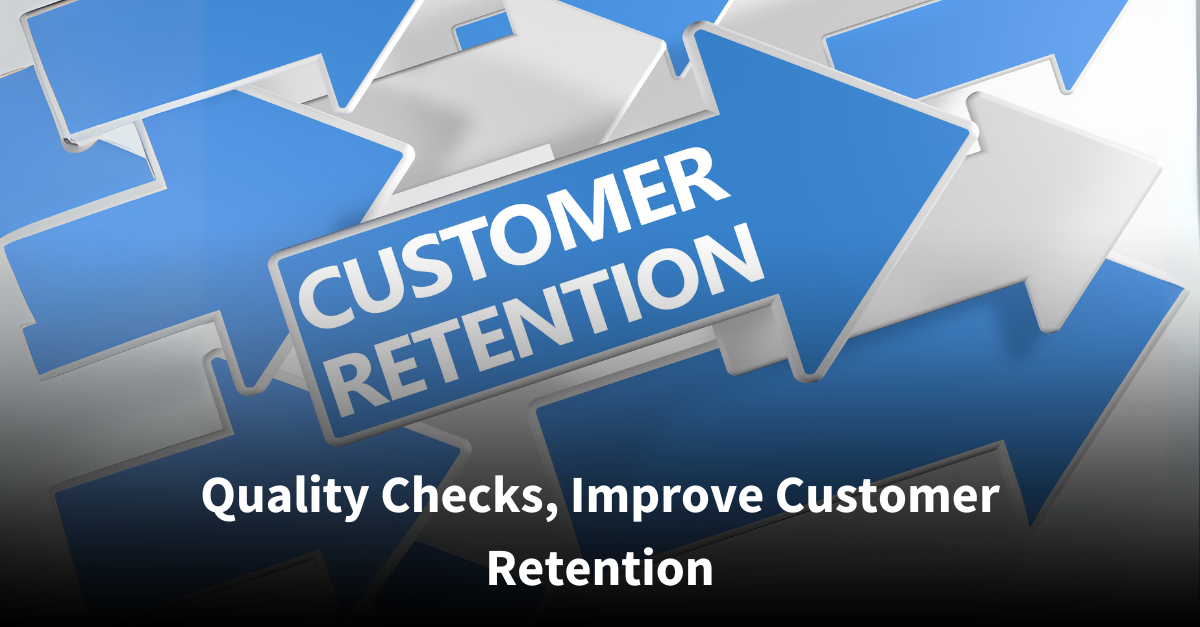Schedule a FREE call with our outsourcing expert now and get a precise quotation that meets your requirements. Don't wait - get started today!
When customers reach out to a company via email, they expect clear, timely, and professional responses. Failing to meet these expectations can lead to frustration and a negative impression of the company. This makes call center email quality monitoring essential for ensuring every interaction leaves a positive mark.
In call center operations, ensuring that every customer interaction via email is handled professionally and efficiently is non-negotiable. Let’s explore why and how email quality monitoring is a game-changer for SMEs.
Key Elements of an Effective Email Quality Monitoring Process
Effective email quality monitoring requires a comprehensive approach. It involves setting standards, providing training, using the right tools, and integrating customer feedback.
1. Setting Clear Quality Standards
Before monitoring begins, clear quality standards must be established. These standards serve as benchmarks for call center agents and guide them on what constitutes a well-handled email.
- Tone and Language: Emails should always reflect the company’s brand voice. Consistency in tone ensures a unified customer experience.
- Accuracy of Information: Providing correct and up-to-date information is crucial. Misleading or inaccurate details can harm customer trust.
- Response Time: Quick response times are essential to keeping customers satisfied. Tracking average handling times helps ensure emails are answered promptly.
2. Regular Training and Feedback
Ongoing training sessions help agents stay updated on best practices and company policies. Feedback from email quality monitoring should be specific and actionable.
- Feedback Sessions: One-on-one reviews of email interactions allow for targeted improvement.
- Workshops: Regular workshops can cover common issues and new developments in customer service trends.
3. Use of Monitoring Tools
Advanced tools can streamline the center email quality monitoring process. These tools can automatically assess emails for tone, accuracy, and compliance with company standards.
- AI-Based Tools: These can provide real-time feedback to agents, helping them correct issues before the email is sent.
- Dashboards: Monitoring dashboards offer a comprehensive view of email interactions, highlighting areas needing improvement.
4. Customer Feedback Integration
Listening to customers’ feedback on email interactions can provide invaluable insights. Incorporating this feedback into the quality management process ensures that the customer’s voice is heard and acted upon.
- Surveys: Post-interaction surveys can give direct insight into customer satisfaction.
- Review Analysis: Analyzing reviews and complaints can highlight recurring issues and areas for improvement.
Benefits of Email Quality Monitoring for SMEs
For SMEs, email quality monitoring is not just about maintaining standards; it’s about creating a better customer experience and improving operational efficiency.
1. Enhanced Customer Satisfaction
When call centers monitor emails effectively, they can significantly improve customer satisfaction. Customers appreciate timely, accurate, and polite responses.
- Consistency: Consistent quality in email interactions fosters trust and reliability.
- Personalization: Tailoring responses to individual customers can enhance the customer experience.
2. Improved Agent Performance
Quality monitoring helps agents understand their strengths and weaknesses, leading to overall performance improvement.
- Motivation: Constructive feedback motivates agents to perform better.
- Skill Development: Continuous learning opportunities help agents refine their skills.
3. Better Compliance and Risk Management
Ensuring emails comply with regulatory standards and company policies reduces the risk of legal issues and enhances the company’s reputation.
- Policy Adherence: Regular monitoring ensures that all emails comply with set guidelines.
- Risk Mitigation: Early identification of potential compliance issues helps mitigate risks.
4. Increased Efficiency in Call Center Operations
Monitoring helps streamline operations, reducing redundancies and improving overall efficiency.
- Optimized Processes: Identifying bottlenecks in email handling can lead to more efficient processes.
- Resource Allocation: Understanding where agents excel or need support helps in better resource distribution.
Implementing a Robust Quality Management System
A robust quality management system ensures that email interactions meet the highest standards. It involves designing a framework, training agents, and fostering continuous improvement.
1. Designing the Framework
A robust quality management system begins with a well-designed framework. This framework outlines the processes, tools, and metrics used in monitoring.
- Metrics: Key performance indicators (KPIs) such as response time, customer satisfaction scores, and resolution rates should be clearly defined.
- Processes: Standardized processes ensure consistency across all email interactions.
2. Training and Development
A continuous training and development program is essential for keeping agents aligned with quality standards.
- Regular Updates: Training should evolve with changing customer expectations and industry standards.
- Skill Enhancement: Programs focusing on communication skills, empathy, and technical know-how are crucial.
3. Continuous Improvement
Quality management is an ongoing process. Regular reviews and updates to the system ensure it remains effective.
- Periodic Audits: Regular audits of the quality monitoring process help identify gaps and areas for improvement.
- Feedback Loops: Establishing feedback loops ensures that the system evolves based on real-world applications.
Improved Email Response Times
A recent study found that companies with effective email quality monitoring saw a 25% improvement in their response times. This improvement not only boosted customer satisfaction but also enhanced the overall efficiency of their call center operations. By focusing on quality, these companies were able to handle more emails in less time without compromising on service standards.
Crafting Excellence in Every Email
Book your FREE 60-minute business consultation today, and let’s strategize how to elevate your operations—NO COMMITMENTS, just results-driven insights! At Magellan Solutions, we specialize in call center quality assurance, ensuring every customer interaction is seamless. Let’s work together to enhance your email quality monitoring process, improve customer satisfaction, and boost your bottom line.












